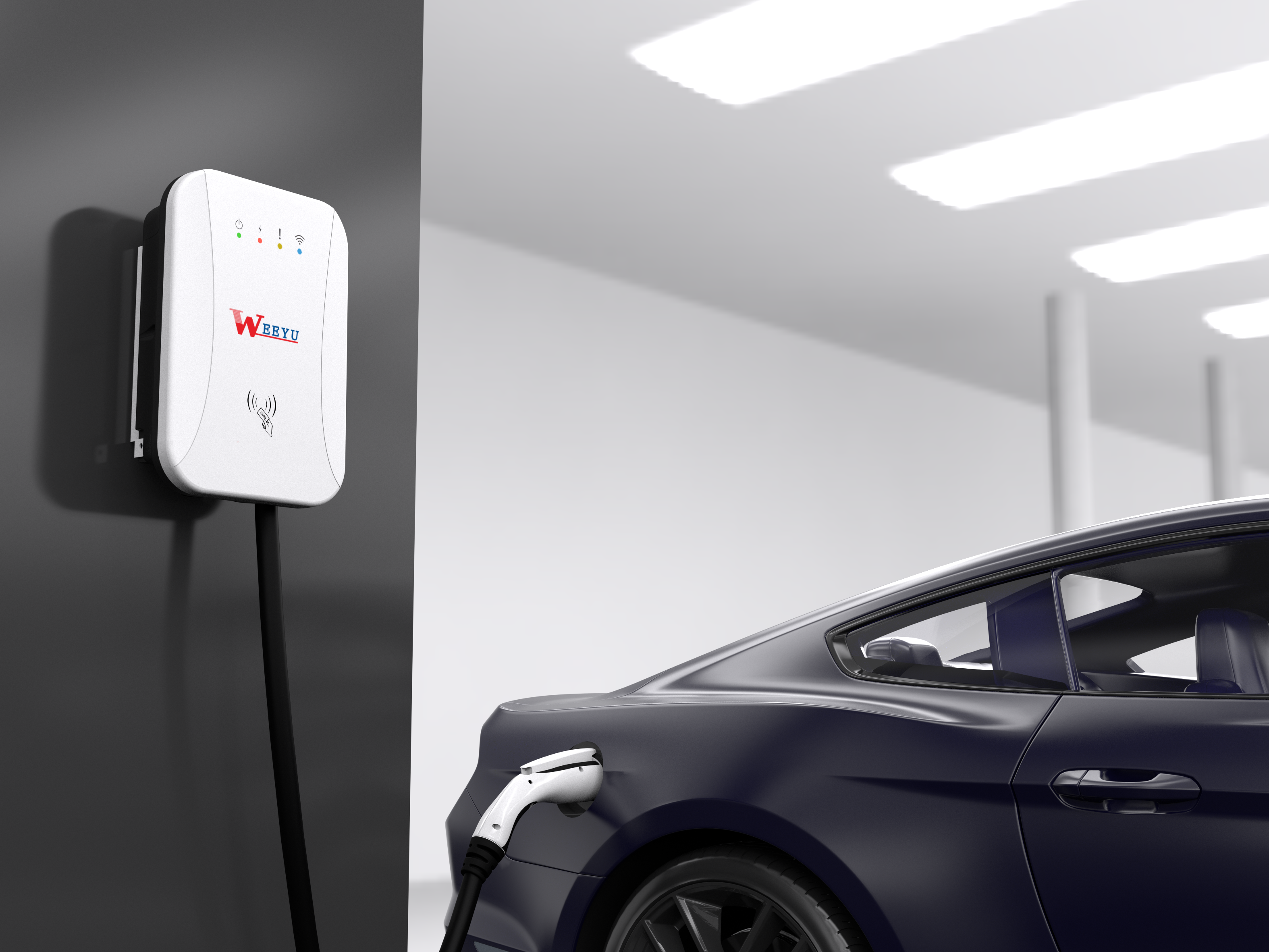As electric vehicles (EVs) continue to grow in popularity, the demand for charging stations is increasing. Building an EV charging station can be a great business opportunity, but it requires careful planning and execution. In this article, we’ll explore the steps you need to take to build an EV charging station, including the equipment you’ll need, the installation process, and the regulations you’ll need to comply with.
1. Choose the Right Location
Choosing the right location for your EV charging station is crucial to its success. You’ll need a place that is easily accessible to drivers, with ample parking and a convenient location. Look for areas with high foot traffic or near popular destinations, such as shopping centers, restaurants, or tourist attractions.
You’ll also need to consider the power supply to your location. Ideally, you’ll want to be close to a power source that can handle the demand of your charging station. Work with an electrician to determine the capacity of the power supply and the type of charging station that’s best suited for your location.
2. Determine the Type of Charging Station
There are several types of EV charging stations to choose from, each with their own advantages and disadvantages. The most common types are Level 1, Level 2, and DC fast charging.
Level 1 charging uses a standard 120-volt outlet and can take up to 20 hours to fully charge an EV. This is the slowest type of charging, but it’s also the most affordable and can be used in residential settings.
Level 2 charging uses a 240-volt outlet and can fully charge an EV in 4-8 hours. This type of charging is best suited for commercial settings, such as parking garages, shopping centers, and hotels.
DC fast charging, also known as Level 3 charging, is the fastest type of charging and can fully charge an EV in 30 minutes or less. This type of charging is ideal for high-traffic areas, such as rest stops, and is commonly used by electric vehicle manufacturers.
3. Select the Equipment
Once you’ve determined the type of charging station you’ll be installing, you’ll need to select the appropriate equipment. This includes the charging station itself, the cables, and any necessary hardware, such as mounting brackets or cable hangers.
It’s important to choose equipment that is compatible with the type of charging station you’ve selected. You’ll also want to choose equipment that is durable and weather-resistant, as it will be exposed to the elements.
4. Install the Charging Station
The installation process for an EV charging station will vary depending on the type of charging station and the location. However, there are some general steps you’ll need to follow:
Obtain any necessary permits and approvals from local authorities.
Hire an electrician to install the charging station and ensure that it is properly wired.
Mount the charging station and any necessary hardware, such as cable hangers or mounting brackets.
Connect the cables to the charging station and any necessary adapters or connectors.
Test the charging station to ensure that it is working properly.
It’s important to follow all safety guidelines during the installation process, as working with electricity can be dangerous.
5. Comply with Regulations
Building an EV charging station requires compliance with a variety of regulations and standards. These may include:
Building codes and zoning regulations: You’ll need to comply with local building codes and zoning regulations to ensure that your charging station is safe and legal.
Electrical codes and standards: Your charging station will need to meet certain electrical codes and standards to ensure that it is safe and effective.
Accessibility requirements: Your charging station may need to comply with accessibility requirements, such as the Americans with Disabilities Act (ADA).
It’s important to work with an experienced electrician and consult with local authorities to ensure that your charging station is compliant with all relevant regulations.
6. Market Your Charging Station
Once your charging station is installed and ready for use, it’s time to start promoting it to drivers. You can market your charging station through a variety of channels, including:
Online directories: List your charging station on online directories, such as PlugShare or ChargeHub, which are popular among EV drivers.
Social media: Use social media platforms, such as Facebook and Twitter, to promote your charging station and engage with potential customers.
Local events: Attend local events, such as car shows or community fairs, to promote your charging station and educate drivers about EVs.
You can also offer incentives, such as discounts or promotions, to attract drivers to your charging station.
7. Maintain Your Charging Station
Maintaining your charging station is crucial to its longevity and effectiveness. You’ll need to perform regular maintenance, such as cleaning the charging station and inspecting the cables and connectors for damage. You may also need to replace parts or perform repairs as needed.
It’s important to have a maintenance plan in place and to work with an experienced electrician to ensure that your charging station is kept in good working order.
Conclusion
Building an EV charging station can be a profitable business opportunity, but it requires careful planning and execution. By choosing the right location, selecting the appropriate equipment, complying with regulations, and marketing and maintaining your charging station, you can create a successful and sustainable business that meets the growing demand for EV charging.
Post time: Feb-24-2023




